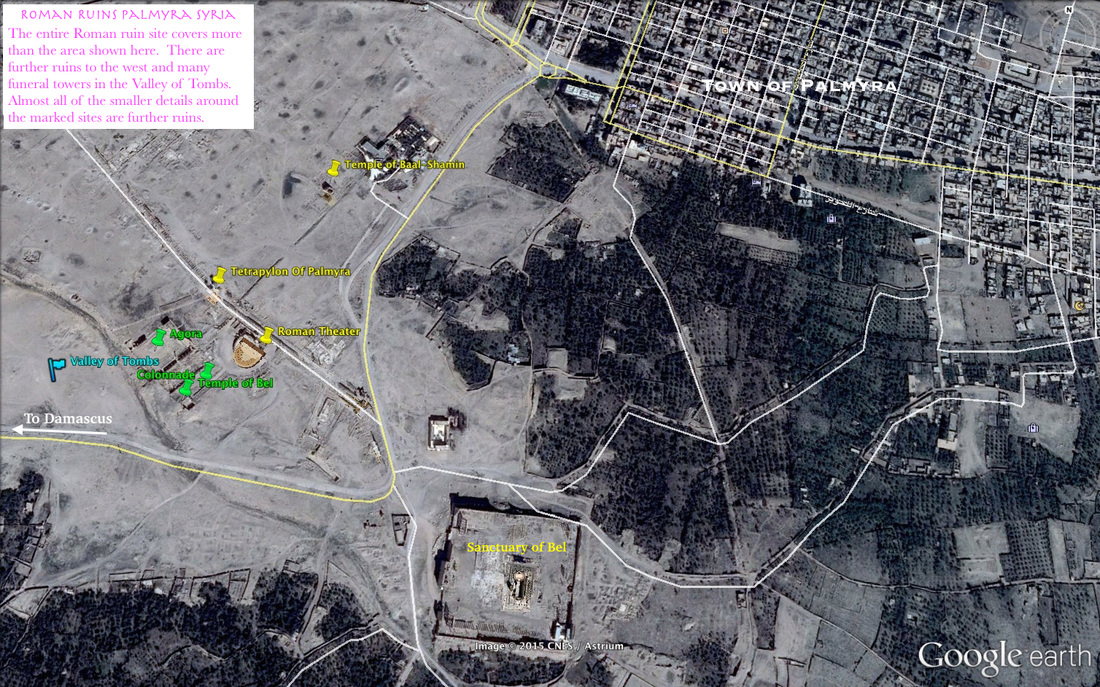http://www.msnbc.com/rachel-maddow/watch/4-or-5-in-syria-trained-by-us---500m-spent-527009859993
http://www.theguardian.com/us-news/2015/sep/16/us-military-syrian-isis-fighters
The United States of America (US) has been supporting anti-Assad rebels to the tune of at least 500 MILLION dollars! They had hoped to enlist and train a rebel army of 5,000 troops to combat President Assad’s forces. Both the British and American press are reporting that the $500M has only has resulted in only a handful of fighters actively battling the jihadi army, or as few as 4 or 5.
Starting at least, if not before, 2013, the US working with regional allies invested funds, intelligence and weaponry, the CIA-run program set up shop in Jordan and began to arm and pay Syrian nationalists fighting Assad. Even though most Syrian watchers argued that the plan was doomed from the start. It seems as if the US and the rebels they are supporting are more interested in toppling the Assad regime than focusing on the fight against ISIS/ISIL.
It seems as if this endeavour has gone the way of most (or in the end all) of the US’s attempts to overthrow or at least ‘dictate’ a legitimate government they do not agree with. One only has to remember that the US had pour billions of dollars into supporting anti-Russian “freedom fighters” in Afghanistan who in the end turned out to be the present day Taliban who were led by, the now deceased, Osama bin Laden!
All this while condemning the Russians for their part in a bombing campaign against, in Russia’s words, ISIS/ISIL forces. The US counters this saying the Russians are actually targeting anti-Syrian targets, namely the rebels who are attacking Assad’s forces.
I for one have to shake my head and wonder just why all of the coalition forces have become involved in what started out to be a civil war. The US has such hate for the Bashar Assad regime that it will stop at nothing to have evicted from office and a US puppet put in his place.
I had the fortunate opportunity to live in Syria under Bashar’s father Hafez from October 1994 until August 1997. While Hafez was classed as a dictator and supposedly ruled the country with an iron fist, I, personally, had no misgivings of being there or ever felt threatened. Most of the Syrians I came in contact with did show respect for him and no outward animosity. This may have been because they were fearful of the Mukhabarat (secret police) who did have informers where ever Syrians worked or visited.
In 2008 I made another short (2 week) visit back to Damascus this time under Bashar’s rule. Again, to me, there seemed to be no outward animosity or wanting to over throw the government. I did notice quite a few changes in the city. It was slowly coming out of what may have been a ‘dark age’ into a more modern age. There had been improvements in the city streets which allowed free flow of traffic, street signs (previously there were none) in both Arabic and English, new modern hotels, reconstruction and, while it was government controlled, internet access. On several trips to the souk the local people and merchants seemed to be quite content with the way things were slowly progressing.
In my mind no matter who “wins” be it Assad/Russians beating back ISIS/ISIL and the US led coalition forces or the Assad/Russian coalition remaining in power nothing good will come out of this. Why oh why do other countries get involved in a civil war except to exert their own pressure and influence on the country.
If the US led coalition does become the victors which puppet will they put in place? And will that puppet turn out, like so many other US puppets, to be just another dictator who over time will either turn against the US or the US turn against them and lead another civil war to have them evicted.
Some fine examples of governments supported or put into power by the US.
Augusto Pinochet, Chile
Manuel Noriega, Panama
Islam Karimov, Uzbekistan
Ferdinand Marcos, The Phillipines
King Abdullah, Saudi Arabia
Mobutu Sese Seko, Zaire
Or check out:
https://en.wikipedia.org/wiki/List_of_authoritarian_regimes_supported_by_the_United_States
the list goes on and on.
And oh yes! Russia has also done their part in supporting dictatorial regimes. It is just that the US always puts itself out as being the “good guy” supporting democracy and the rule of law, which in most cases is the rule of money.
http://www.msnbc.com/rachel-maddow/watch/4-or-5-in-syria-trained-by-us---500m-spent-527009859993
http://www.theguardian.com/us-news/2015/sep/16/us-military-syrian-isis-fighters

 RSS Feed
RSS Feed
